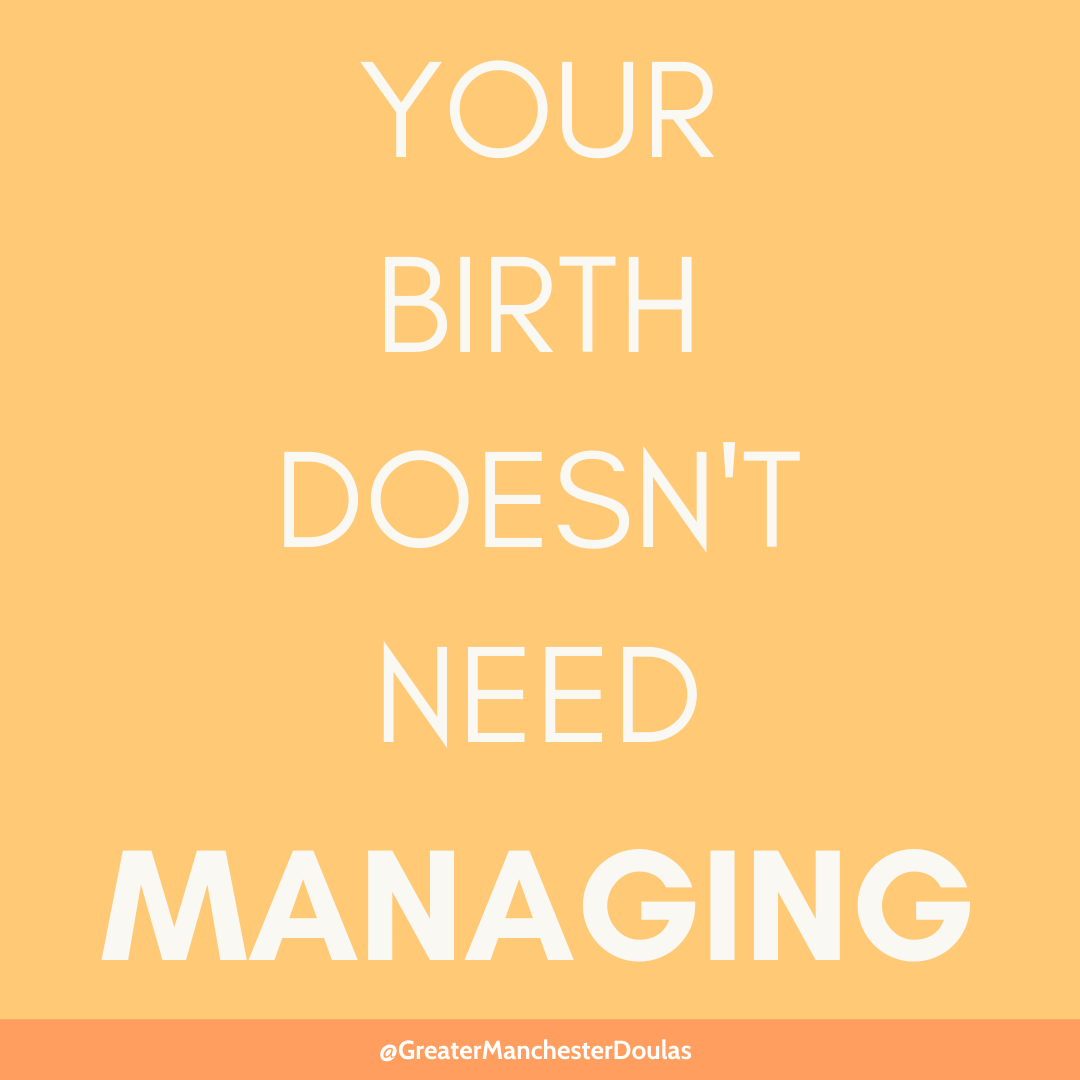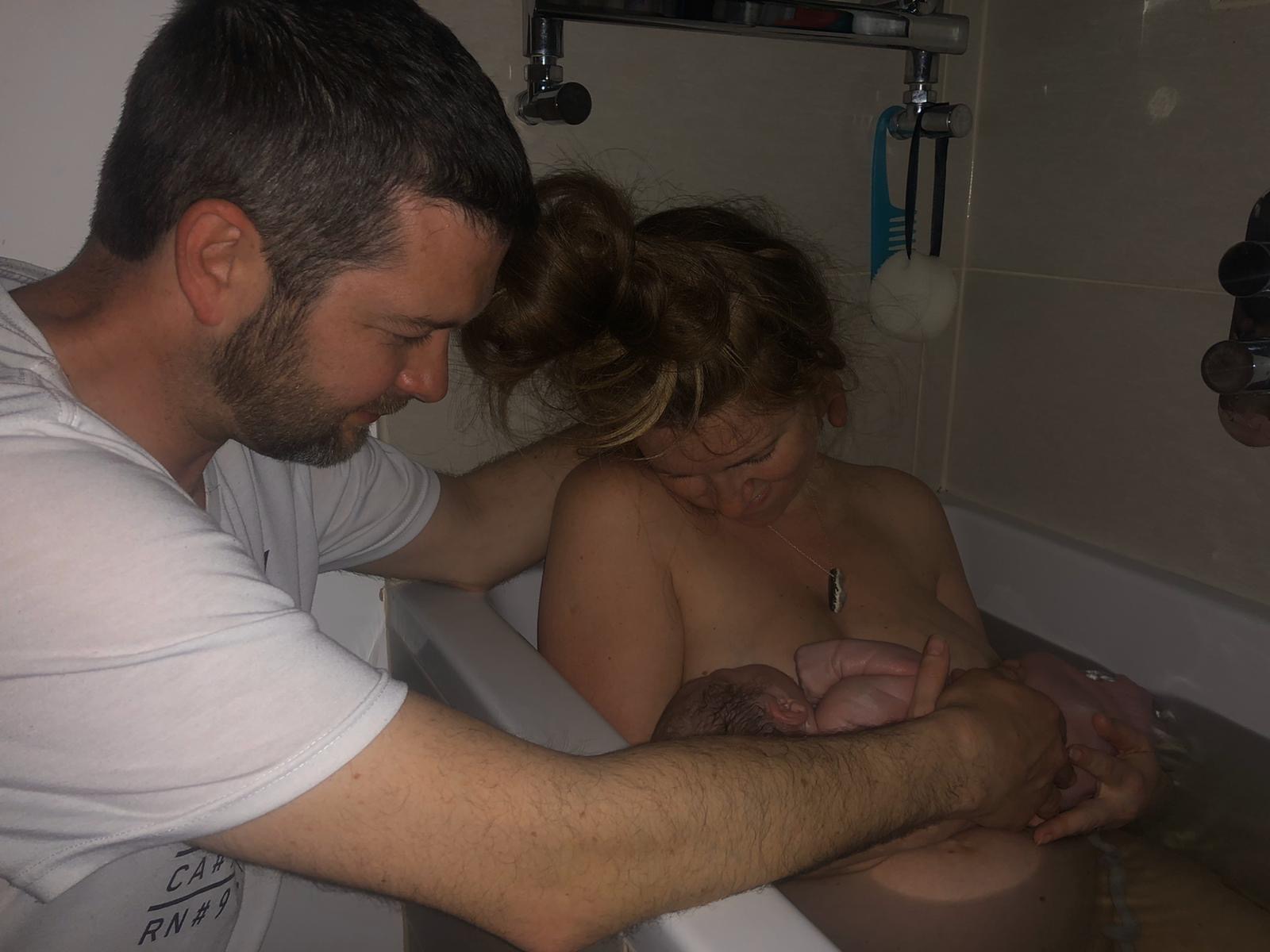We aim to send out a newsletter each month to let you know what we’ve been up to and what is coming up! We’re also always open to submissions.
The issues with “active management” of the third stage
I have a few issues with this phrase and the way it is presented to women both in pregnancy and…

